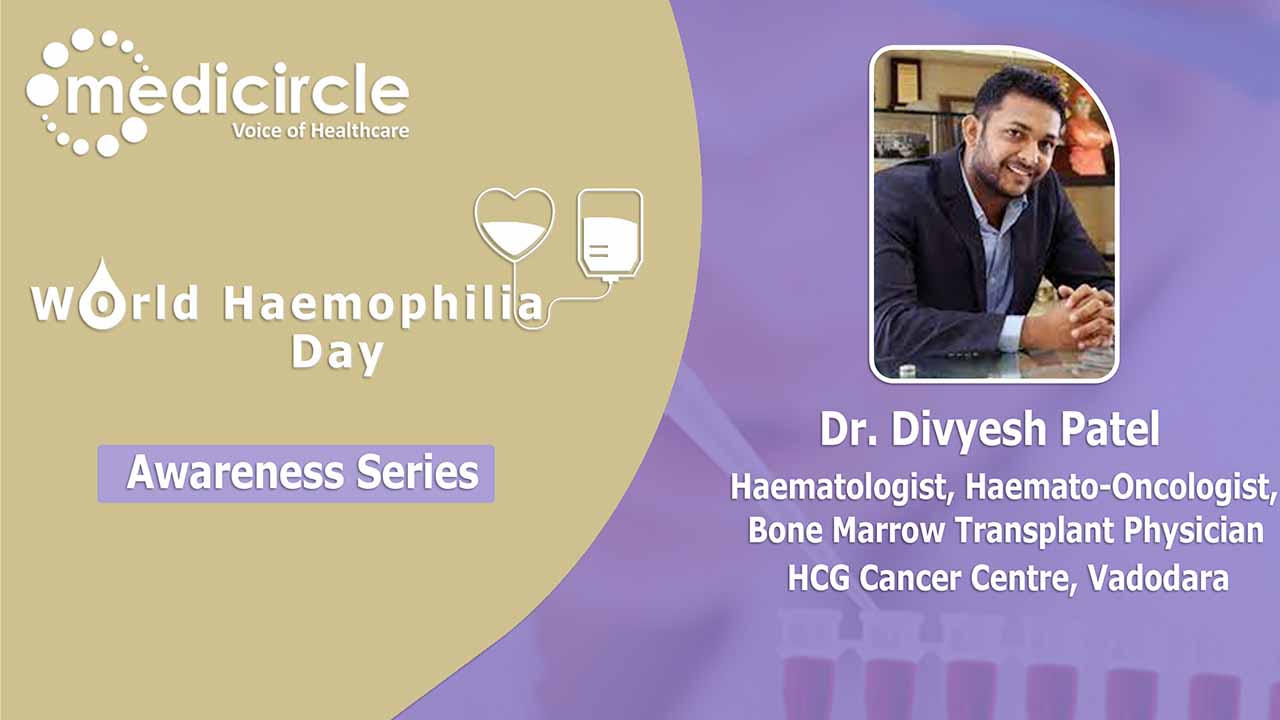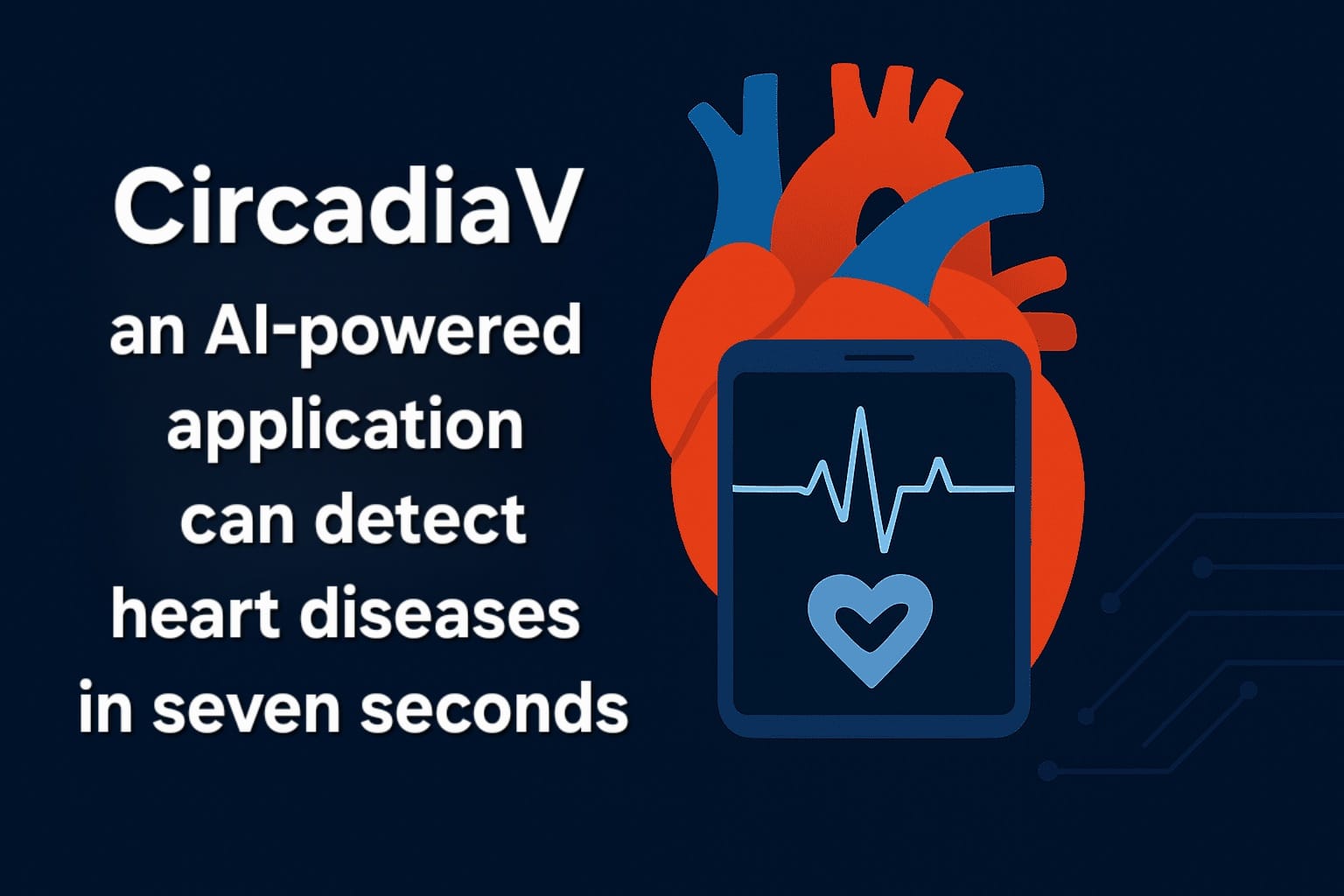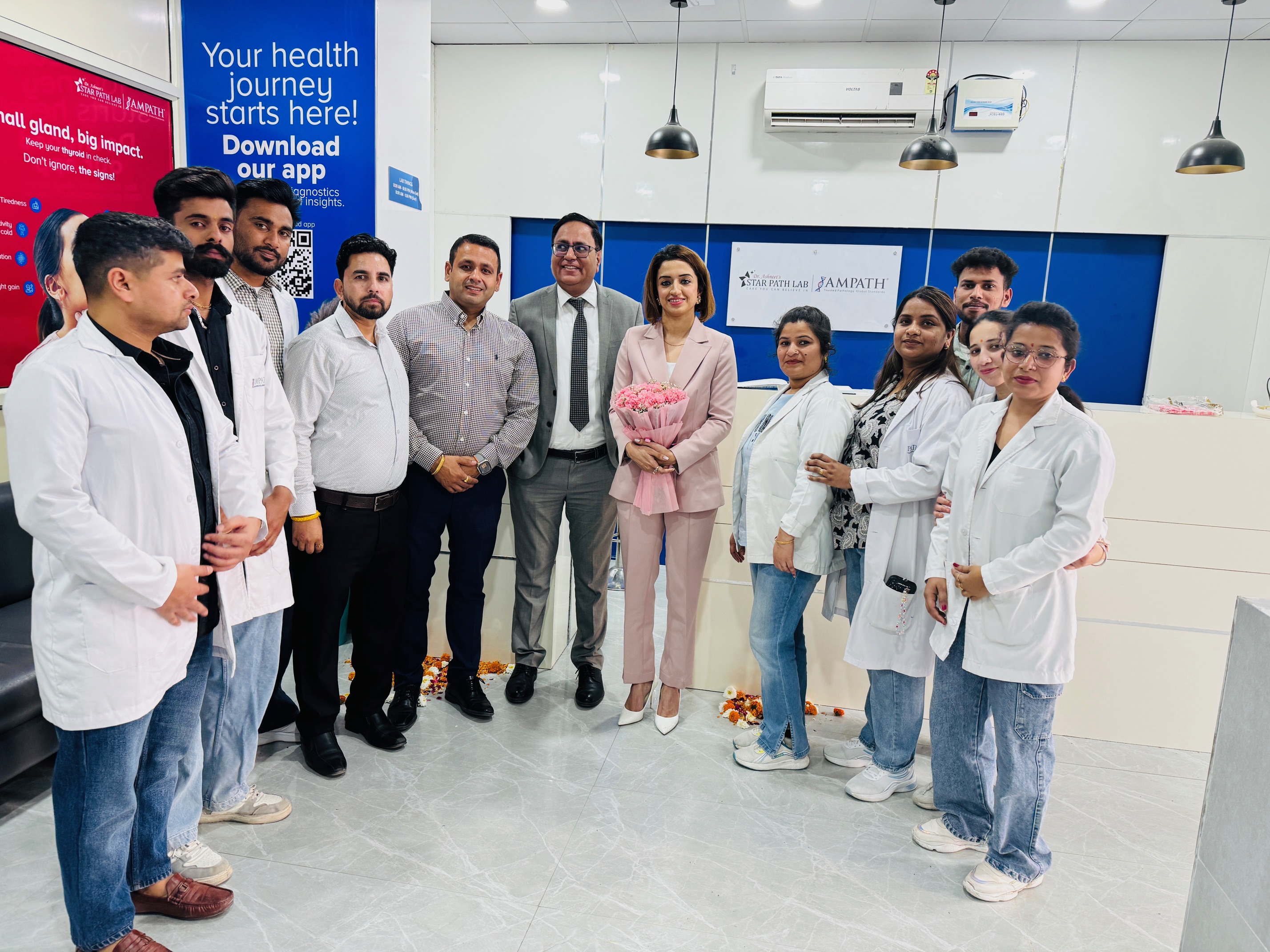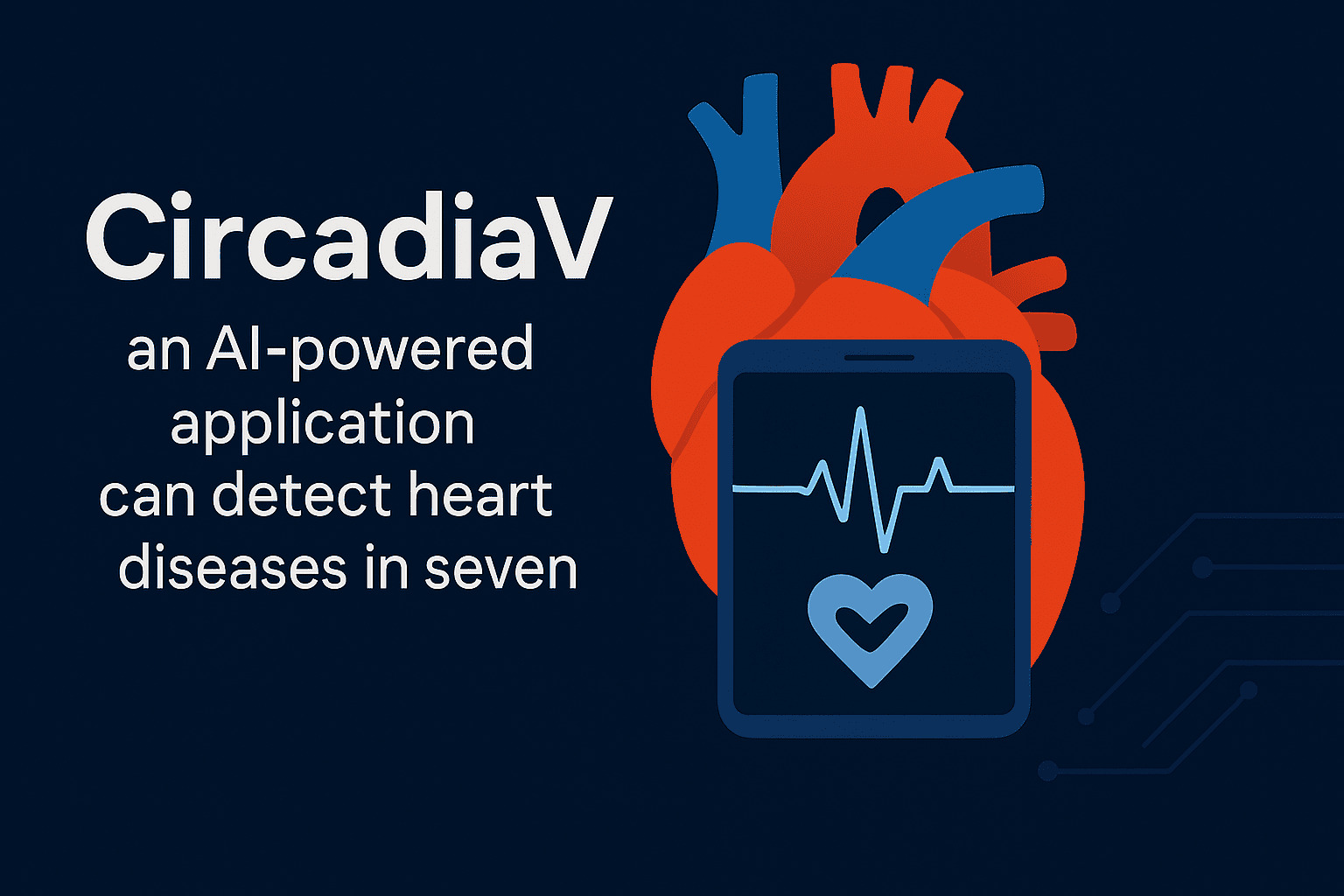Haemophilia is a medical condition in which the ability of the blood to clot is severely reduced, causing the sufferer to bleed profusely from even a slight injury. Medicircle is conducting an exclusive series on haemophilia featuring eminent hematologists to spread awareness about this rare medical condition.
Dr. Divyesh Patel is a Hematologist, Hemato-oncologist and Bone Marrow Transplant Physician at HCG Cancer Centre, Vadodara. He deals in all types of treatment related to blood disorders including bone marrow transplants.
Haemophilia – An Overview
Dr. Divyesh mentions, “Haemophilia is a genetic disorder. It is an X-linked recessive disorder and the defective gene gets transferred from the parent to the child because of which the child gets the disease and the symptoms. Generally, the males are affected, because it is an X-linked recessive disorder.”
Bleeding generally does not stop on its own and parents have to rush the child to the hospital
Dr. Divyesh points out, “Within a few months of age, the child starts having some red discoloration over the knees, elbows, etc., while crawling. There will be blood clots in those joints through which the child is starting to support the body weight. Also, whenever the child gets even minor trauma, the bleeding starts and it generally doesn't stop on its own and parents have to run to the hospital in such instances.”
Diagnosis is initially made from clinical history
Dr. Divyesh explains, “The diagnosis is done first of all from the clinical history. So, whenever the parents visit us with the child, we always ask the history of whether it is a spontaneous bleed or post-traumatic bleed. If it is a spontaneous bleed, then it is very much likely that the patient has coagulation abnormality. Spontaneous joint bleeds generally occur with excessive bleed in situations like after the falling of the tooth, after injury, whenever the child gets a trauma after fall etc. So, history is very much important. We also ask the parents whether they have any photographs of red-colored patches over the body. That also helps. After getting this history, we advise some routine blood investigations. These blood investigations include platelet counts, coagulation parameters like PT (Prothrombin Time ) and APTT (Activated Partial Thromboplastin Time). These are the initial basic investigations which we generally do and based upon that, we do further tests of things that are abnormal. In haemophilia, platelet counts will be normal, PT will be normal, only APTT will be prolonged. So, we advise for the correction studies and after that, we do factor VIII assay for haemophilia A and factor IX assay for haemophilia B,” informs Dr. Divyesh.
Spontaneous bleed can get life-threatening also
Dr. Divyesh emphasizes, “haemophilia can be of three types, it can be either mild haemophilia, moderate haemophilia or severe haemophilia. In mild and moderate hemophilia, spontaneous bleeding is very rare. Spontaneous bleeding is very common in the case of severe haemophilia that means if the factor assay is less than 1%, that child is very likely to develop spontaneous bleeding. So, most likely they will have recurrent bleeds two or three times per week. Over a period of time, the joint can get permanently damaged and there is difficulty in walking. If the child experiences spontaneous bleed, in areas of the brain or lungs it can be life threatening also."
Treatment options of haemophilia
Dr. Divyesh says, “Nowadays, many treatment options for haemophilia are available. Factor support is also available at many centers and it is available free of cost. We have to just get registered in the Haemophilia Society and one would get these factors free of cost. Many companies are producing the factors. In case of emergency, if you do not get factor free of cost, you can even buy the factors from the market and use it for the child.”
The cost may vary from rupees 10,000 to 1 lakh per month depending upon the episodes of bleeding. Hence it is advisable to get registered in an haemophilia society and avail factors free of cost. Nowadays, many new medicines are also available. The dose of these medicines is just once a month which is provided subcutaneously. Even there, the cost is the main concern. But if one is attached to a good organization or if there are benefits of the insurance, these treatments can be a very good option and the child can lead a normal life,” mentions Dr. Patel.
(Edited by Amrita Priya)

 Dr. Divyesh Patel, Hematologist, Hemato-oncologist, and Bone Marrow Transplant Physician provides an overview of Haemophilia, its symptoms, severity, diagnosis, and treatment options. He suggests joining a Haemophilia society to save costs.
Dr. Divyesh Patel, Hematologist, Hemato-oncologist, and Bone Marrow Transplant Physician provides an overview of Haemophilia, its symptoms, severity, diagnosis, and treatment options. He suggests joining a Haemophilia society to save costs.







.jpeg)



.jpg)








.jpeg)

.jpg)




.jpg)




.png)



